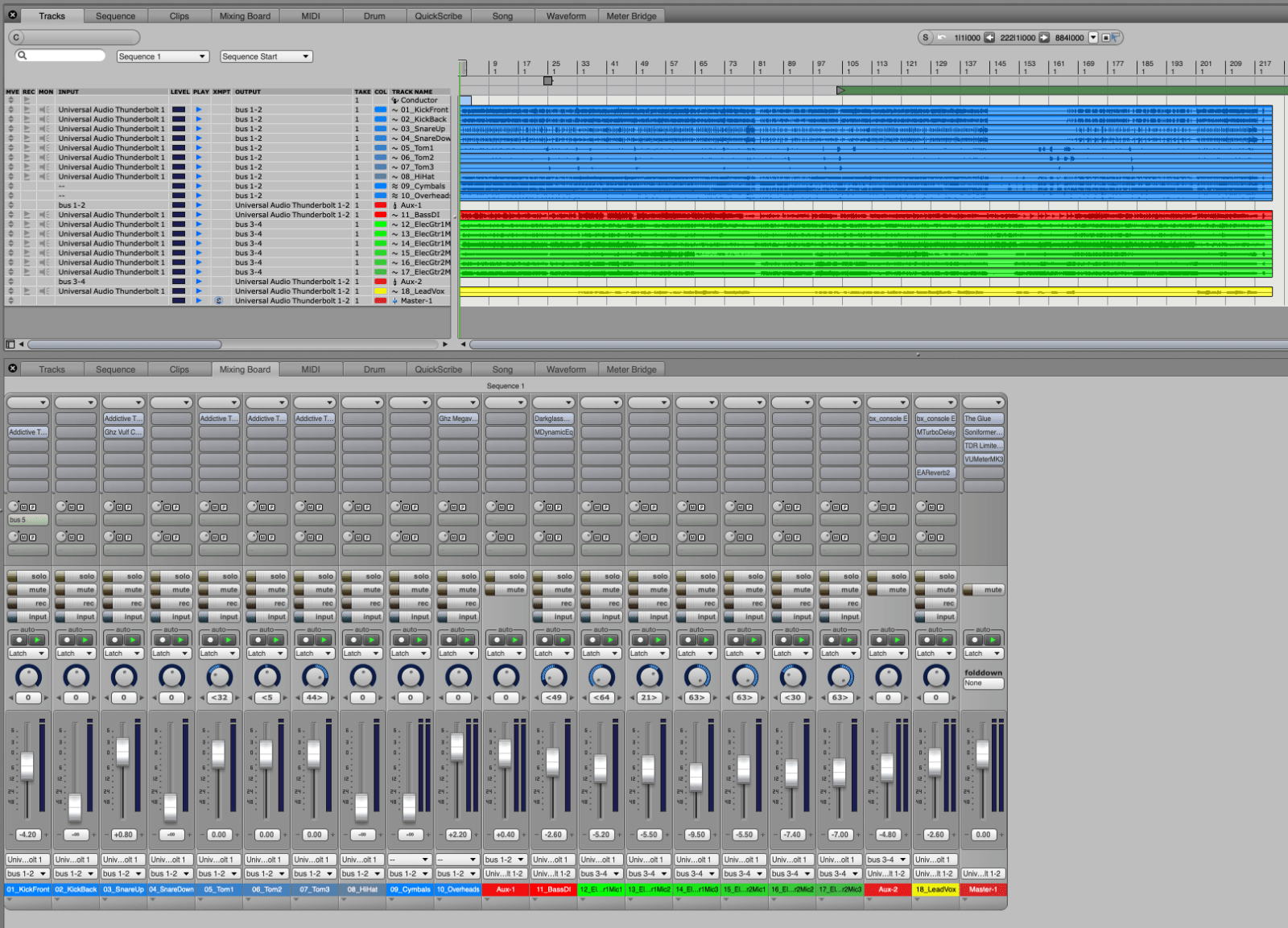
The usual sequence of steps in the recording process includes analysis, preparation of journal entries and posting these entries to the general ledger. Subsequent accounting processes include the usual sequence of steps in the recording process is to preparing a trial balance and compiling financial statements. The accounting cycle is a collective process of identifying, analyzing, and recording the accounting events of a company.
First Four Steps in the Accounting Cycle
The accounting process consists of activities involved in preparing financial statements and includes identifying, recording, and summarizing a business's financial transactions. The accounting cycle is the series of steps required to complete the accounting process. Because the accounting process repeats with each reporting period, it's referred to as the accounting cycle. The transactions that cannot be entered in special journals are recorded in the general journal. Upon the posting of adjusting entries, a company prepares an adjusted trial balance followed by the financial statements. An entity closes temporary accounts, revenues, and expenses, at the end of the period using closing entries.
What Is the Accounting Cycle?
The Journal entries consist of Debit and Credit amounts, the date of transaction and description about the transaction. After the company makes all adjusting entries, it then generates its financial statements in the seventh step. For most companies, these statements will include an income statement, balance sheet, and cash flow statement. Identifying and analyzing transactions is the first step in the process.
3 Define and Describe the Initial Steps in the Accounting Cycle
They consider every part of the accounting cycle, including original source documents, looking through journal entries, general ledgers, and financial statements. DetailDebitCreditCash$11,670-Accounts receivable-0–Prepaid insurance2,420-Supplies3,620-Furniture16,020-Accounts payable-220Unearned consulting revenue-3,000Notes payable-6,000Mr. If the sum of the debit entries in a trial balance doesn’t equal the sum of the credits, that means there’s been an error in either the recording or posting of journal entries. After the new entries are made, a new trial balance is calculated to test if the debts are equal to the credits. The trial balance shows the balance of all the accounts that also includes adjusted entries at the end of an accounting period. The second step in the cycle is the creation of journal entries for each transaction.

This takes analyzed data from step 1 and organizes it into a comprehensive record of every company transaction. A transaction is a business activity or event that has an effect on financial information presented on financial statements. A journal (also known as the book of original entry or general journal) is a record of all transactions.
- Gift cards are a great way for a company to presell its products and to create cash flow.
- The series of steps begin when a transaction occurs and end with its inclusion in the financial statements.
- He will then take the account information and move it to his general ledger.
- The accounting process includes summarizing, analyzing, and reporting these transactions to oversight agencies, regulators, and tax collection entities.
What Is the Difference Between the Accounting Cycle and the Budget Cycle?
Point of sale technology can help to combine steps one and two, but companies must also track their expenses. The choice between accrual and cash accounting will dictate when transactions are officially recorded. Keep in mind that accrual accounting requires the matching of revenues with expenses so both must be booked at the time of sale. The fourth step in the process is to prepare an unadjusted trial balance.
In addition to identifying any errors, adjusting entries may be needed for revenue and expense matching when using accrual accounting. The accounting cycle is used comprehensively through one full reporting period. Thus, staying organized throughout the process's time frame can be a key element that helps to maintain overall efficiency.
Regardless, most bookkeepers will have an awareness of the company's financial position from day to day. Overall, determining the amount of time for each accounting cycle is important because it sets specific dates for opening and closing. Once an accounting cycle closes, a new cycle begins, starting the eight-step accounting process all over again.
Accounting is the process of recording financial transactions pertaining to a business. Each record has fields for transaction date, comments, debits, credits and outstanding balance. In the earlier sales transaction example, the posting process involves entering a credit amount for the sales account, a debit amount for the cash account and updating the respective balances. The general ledger may be in the form of a binder, index cards or a software application. An entry consists of the transaction date, the debit and credit amounts for the appropriate accounts and a brief memo explaining the transaction. For example, the journal entries for a cash sales transaction are to credit (increase) sales and debit (increase) cash.





 Get a bonus for sign up
Get a bonus for sign up